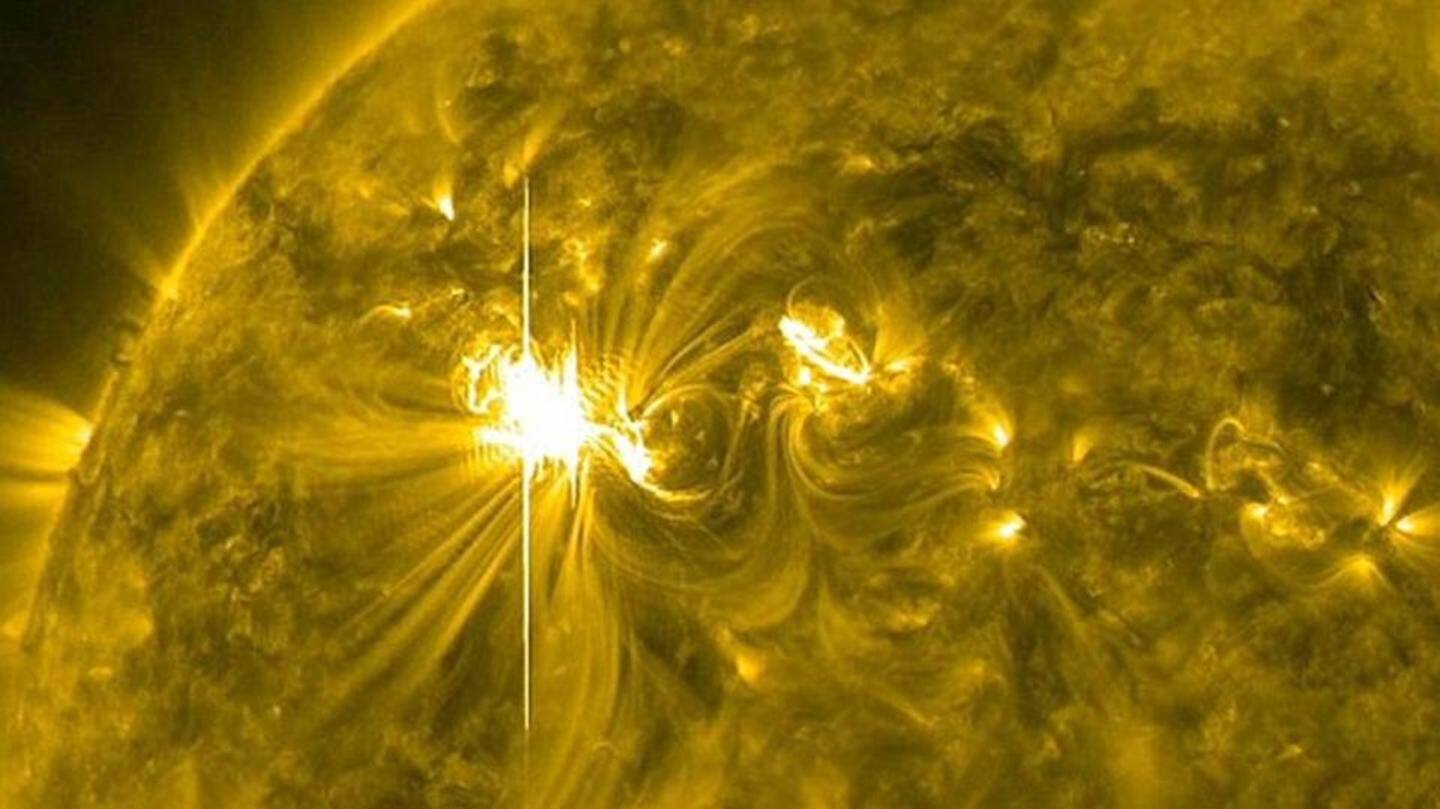
A solar storm to hit Earth, but you shouldn't worry
What's the story
According to reports, a solar storm will hit the Earth on March 15. Also known as a geomagnetic storm, the phenomenon can very well disrupt satellites, hinder electronic communication, cause blackouts, and also trigger auroras (streams of green and red light in the sky). In the past, solar storms have indeed been known to disrupt communication satellites and knock out power supplies.
Creation
The solar storm was created by explosion in sun's atmosphere
A solar storm is a temporary disturbance in the Earth's magnetic field. The upcoming solar storm, which is currently on its way towards the planet, was reportedly created last week by an enormous explosion in the sun's atmosphere. The solar storm was caused by radiation and streams of charged particles from that explosion, which is also called a solar flare.
Precaution
A G1 storm watch issued for this solar storm
The US National Oceanic and Atmospheric Administration (NOAA) said, "A minor geomagnetic storm watch is now in effect for March 14 and 15, 2018. Aurora may be visible at high latitudes." Solar storms are rated on a scale of G1 to G5, with G5 being the most extreme. For the upcoming solar storm, the NOAA has issued a G1 storm watch.
Information
The solar storm is coinciding with equinox cracks
The solar storm is also coinciding with the formation of equinox cracks in the Earth's magnetic field, reports said. According to experts, equinox cracks form around the equinoxes on March 20 and September 23 every year.